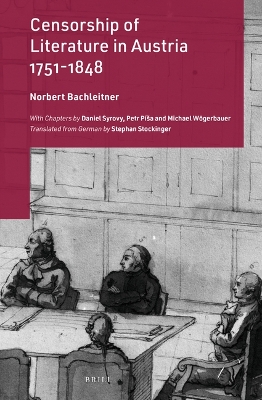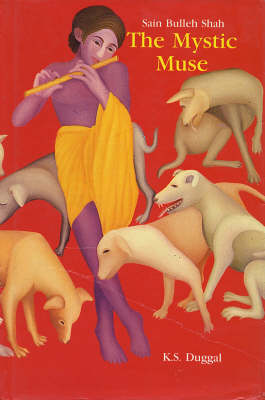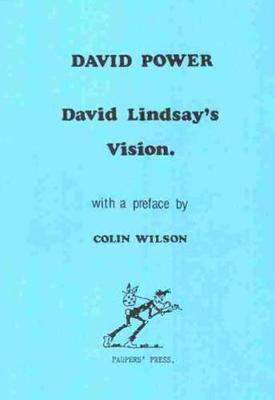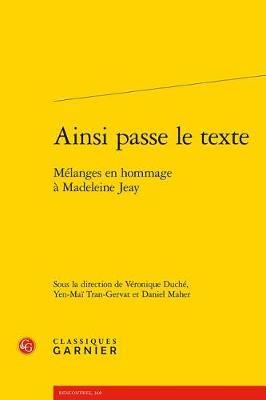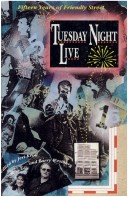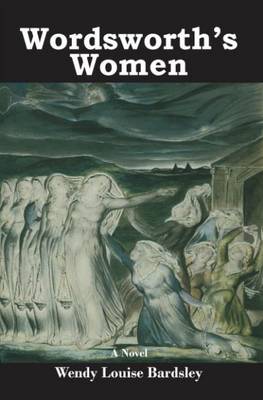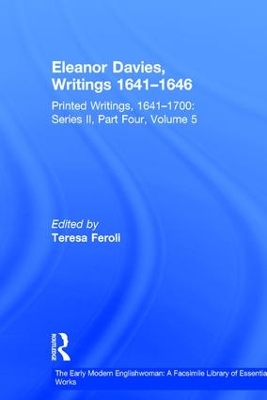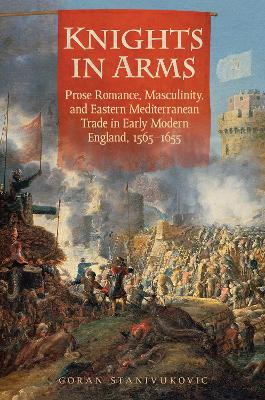Dramatic Imager in the Plays of John Webster (Salzburg studies: Jacobean drama studies, #68)
by Susan H. McLeod
Middleton's Cynics (Salzburg studies: Jacobean drama studies, #47)
by Charles A. Hallet
The Sociology of the Political Literature of Edmund Burke (Salzburg studies in Romantic reassessment, 107:1)
by S.N.A. Rizvi
The influence of censorship on the intellectual and political life in the Habsburg Monarchy during the period under scrutiny can hardly be overstated. With censorship still employed in many regions of the world today, readers will discover various striking differences—as well as numerous astounding similarities—to current practices of censorship in this book.
The period known as the long nineteenth century, stretching between the cataclysmic events of the French Revolution and World War I, was one of radical transformations in technology, education, and global politics for England. William Wordsworth, as one of the defining voices of the Romantic era, wrestled with issues of modernity emerging from a culture hopeful for progress yet anxious about the legacy of the past. For readers who saw their world in constant flux, Wordsworth offered the poetic c...
A Study of Christopher Marlowe's Tragedy of "Dido Queen of Carthage" (Renaissance Studies, #63)
by Mary Elizabeth Smith
John Donne's Devotions upon Emergent Occasions (Renaissance Studies, 21:1)
by Elizabeth Savage
The Evolution of Michael Drayton's "Idea" (Renaissance Studies, #37)
by Louise H. Westling
Tuesday Night Live
The Bard of Erin (Salzburg studies in Romantic reassessment, #110)
by Therese Tessier
The Myth of the Golden Age in English Romantic Poetry (Salzburg studies in Romantic reassessment, 109:1)
by Warren Stevenson
In 1625 Lady Eleanor Davies' life took a dramatic turn when, by her account in 1641, a "Heavenly voice" told her "There is Ninteene yeares and a halfe to the day of Judgement, and you as the meek Virgin". That same year she published her first treatise, A Warning to the Dragon, initiating her controversial career as a writer of prophetic tracts. Between 1641 and 1652 she would produce some 66 of them, using the Bible to gauge the cosmic significance of events, great and small, taking place in...
The Invention of the Sequel (Coleccion Tamesis. Serie A, Monografis) (Coleccion Tamesis Serie A: Monografias)
by William H Hinrichs
This book proposes a new way of tracing the history of the Early Modern Spanish novel through the prism of literary continuation. It identifies and examines the Golden Age narratives that invented the sequel and the narrative genres that the sequel in turn invented. The author explores the rivalries between apocryphal and authorized sequelists that forged modern notions of authorship and authorial property. The book also defines the sequel's forms and functions, filling a major gap in lit...
Drawing from medieval chivalric culture, the prose romance was a popular early modern genre featuring stories of courtship, combat, and travel. Flourishing at the same moment as the growing English trade with the Eastern Mediterranean, prose romances adopted both Eastern settings and new conceptions of masculinity - commercial rather than chivalric, erotic rather than militant. Knights in Arms moves beyond the best-known examples of the genre, such as Philip Sidney's Arcadia, to consider the br...

